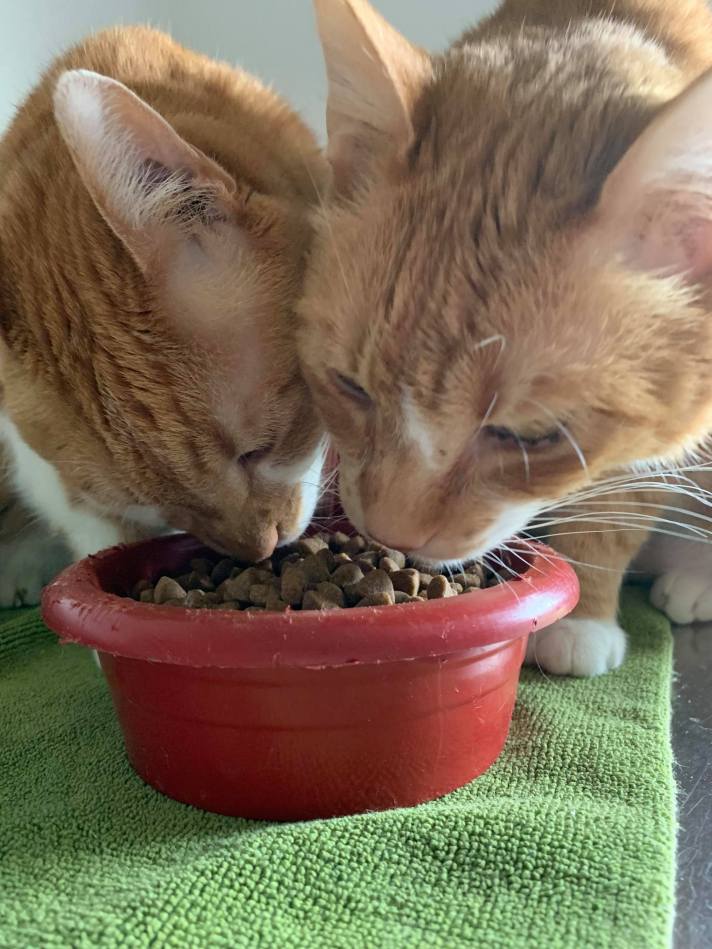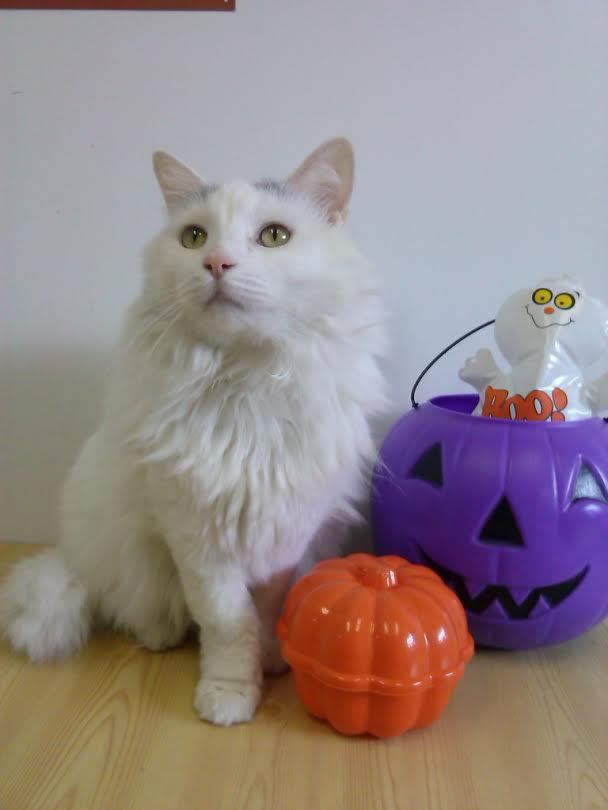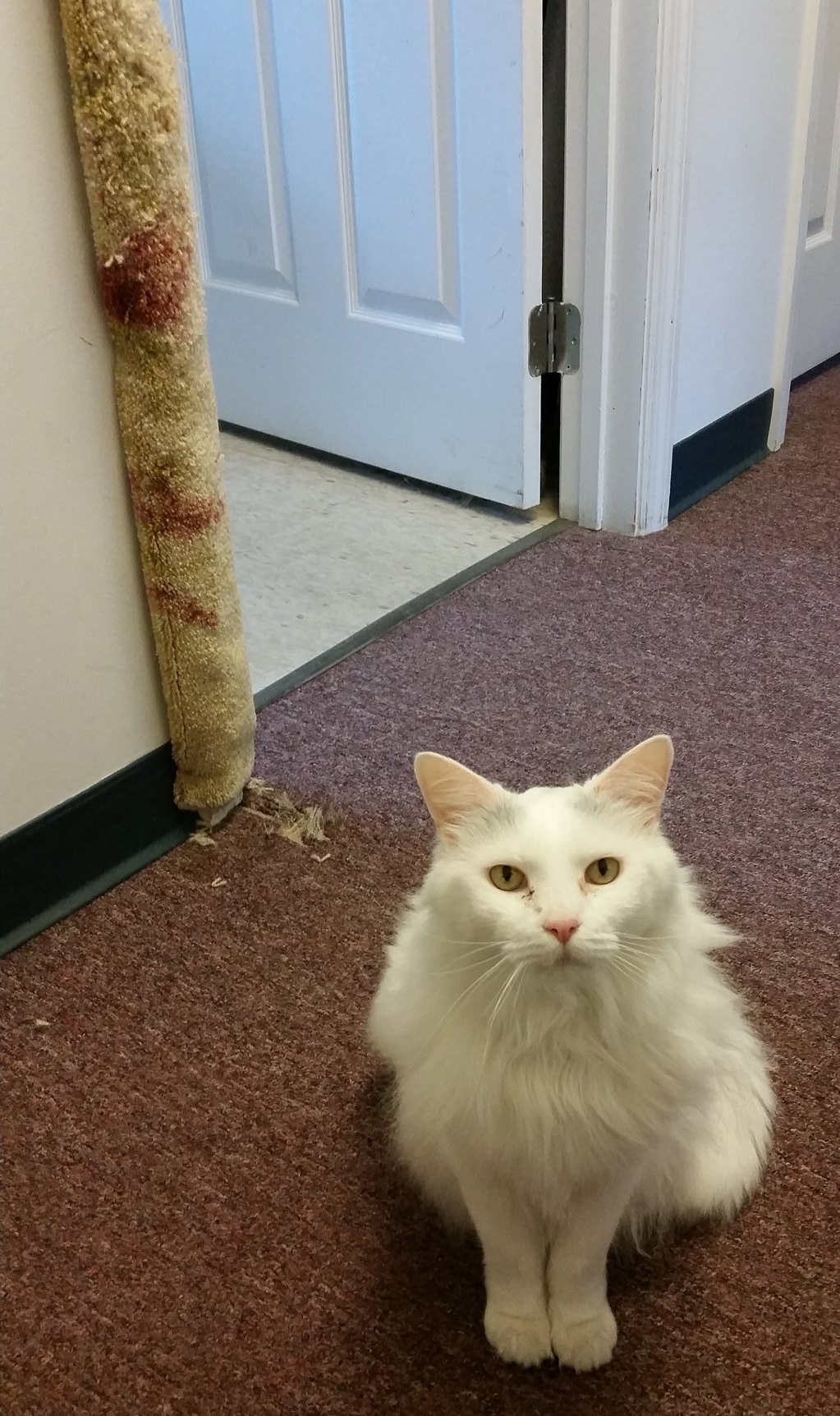Hello humans! I may not be a spring chicken, but I am youthful at heart and so quick with my murder mittens. My age, though, reflects my extensive wisdom regarding all things C-A-T. Been there, done that. I often overhear cat owners telling my staff that their indoor cat does not need parasite prevention. “What could my cat be exposed to? She stays inside.” I want to shed some fur light on the subject so that you can keep your kitties free from parasites that could make you cat sick or die. No one wants their cat to die from a treatable problem and certainly no one wants humans in the home to be affected.
Consider these important facts, all derived from this great handout:
- Cockroaches, mice, and flies all carry roundworm (Toxocara) eggs. Cats are natural hunters and will hunt them! <gross>
- 15 percent of commercial potting soil contains roundworm eggs. <ewww!>
- Other animals in the household that go outside—like dogs and people—can bring in different parasites that can affect the indoor cat (think roundworm eggs, fleas, ticks, and mosquitos).
- A study conducted in 2007 by the Centers for Disease Control proves that almost 14 percent of the U.S. population in infected with Toxocara– much higher than what was originally through. <ugh!>
- The same study also states, “Although most persons infected with toxocara have no symptoms the parasite is capable of causing blindness and other systemic illness.” <that is terrifying!>
- All it takes is one adult heartworm in a cat’s heart to be fatal. Cats that die from heartworm can be clinically normal one hour before death. <so sad>
- And… wait for it… more than 25 percent of cats with proven heartworm infection, according to their owners, are kept indoors exclusively.
Yikes! This means that cats kept exclusively indoors can become infected with diseases from all sorts of parasites. What to do?
P-R-E-V-E-N-T-I-O-N.
So, humans, listen up. We know that indoor cats are exposed to parasites (fleas, ticks, mosquitos, heartworms, hookworms, roundworms, tapeworms, whipworms, and ear mites), even though they don’t go outside. Keeping all your pets- both indoor and outdoor pets- on a parasite prevention year-round will protect your fur babies and yourselves.
Next question: what product should you get? My humans at Tri-County Small Animal Hospital have several options, depending on the needs of your cat. They’ll be happy to make a recommendation that is the best for your cat’s situation.
Alas, the couch awaits, and I’m signing off to take a nap.
Love bites and snuggles, Bella










